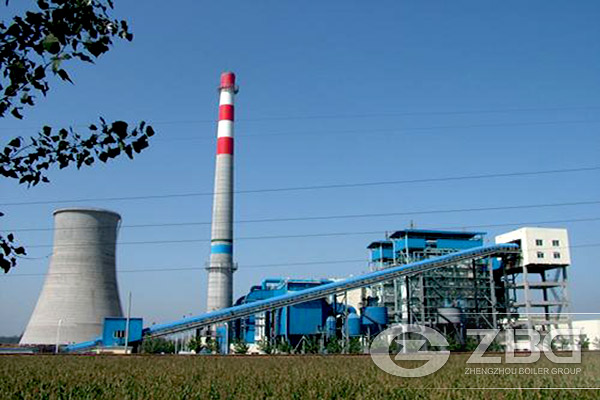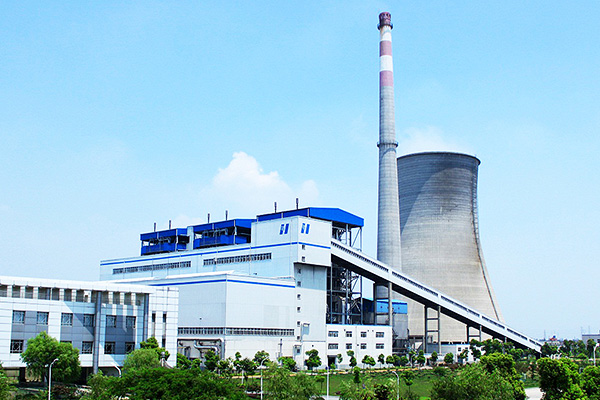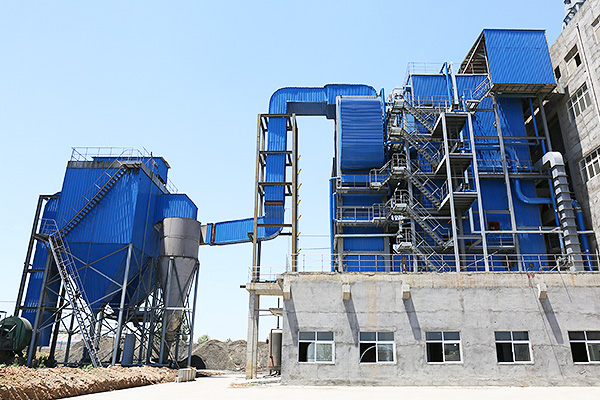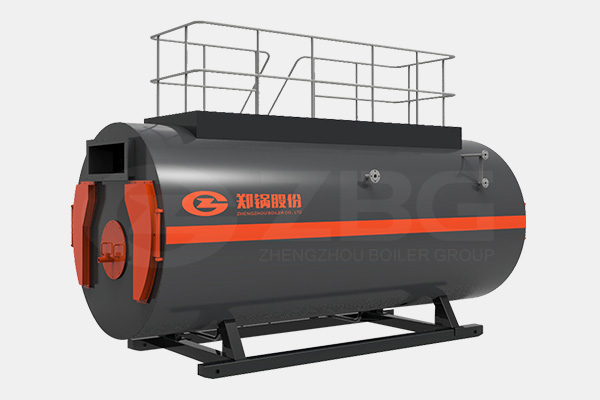Biomass Fuel for Power Plant

Biomass fuel is used for facility heating, electric power generation, and combined heat and power. The term biomass encompasses a large variety of materials, including wood from various sources, agricultural residues, and animal and human waste.
Biomass can be converted into electric power through several methods. The most common is direct combustion of biomass material, such as agricultural waste or woody materials. Other options include gasification, pyrolysis, and anaerobic digestion. Gasification produces a synthesis gas with usable energy content by heating the biomass with less oxygen than needed for complete combustion. Pyrolysis yields bio-oil by rapidly heating the biomass in the absence of oxygen. Anaerobic digestion produces a renewable natural gas when organic matter is decomposed by bacteria in the absence of oxygen.
Different methods work bet with different types of biomass. Typically, woody biomass such as wood chips, pellets, and sawdust are combusted or gasified to generate electricity. Corn stover and wheat straw residues are baled for combustion or converted into a gas using an anaerobic digester. Very wet wastes, like animal and human wastes, are converted into a medium-energy content gas in an anaerobic digester. In addition, most other types of biomass can be converted into bio-oil through pyrolysis, which can then be used in boilers and furnaces. At present, more and more factories choose biomass as fuel to generate electricity.
Compared to many other renewable energy options, biomass has the advantage of dispatchability, meaning it is controllable and available when needed, similar to fossil fuel electric generation systems. Using biomass fuel to generate electricity is not only a reutilization of energy, but also a cost saving.




